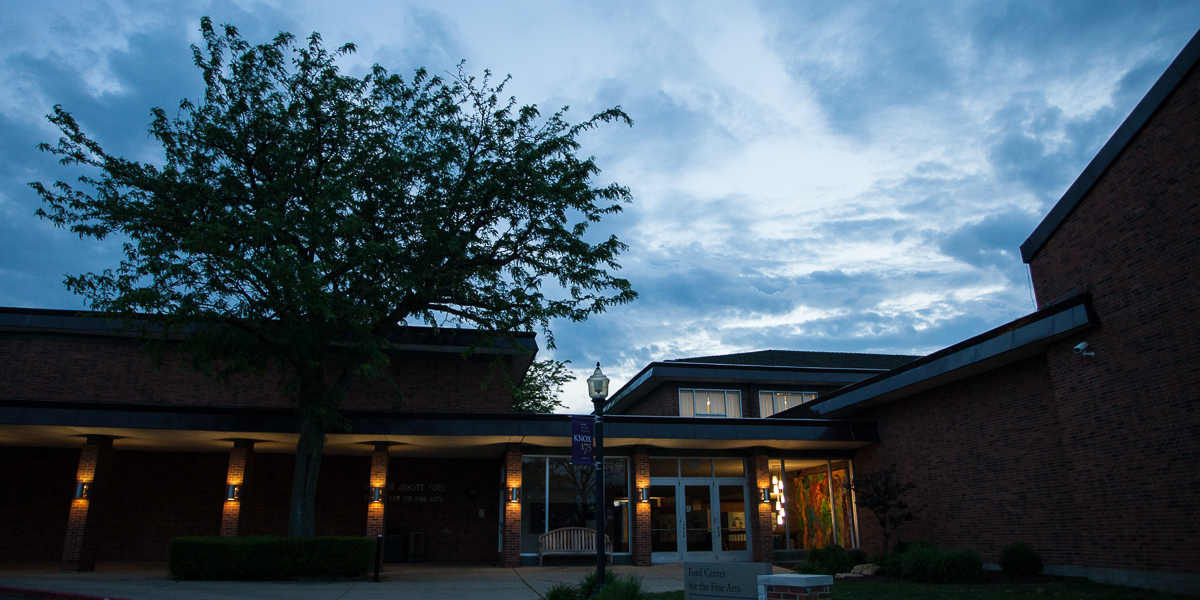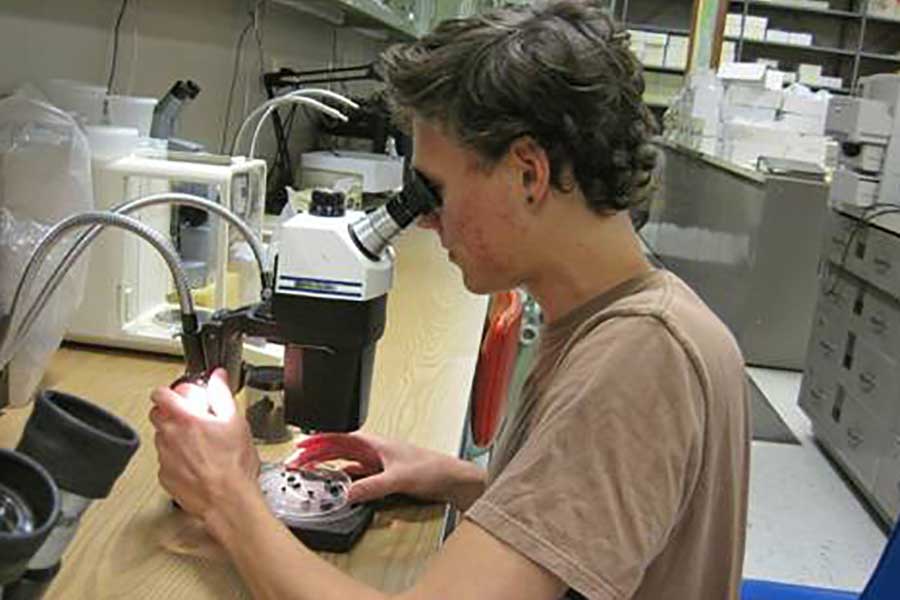

Venture Boldly

Office of Communications
2 East South Street
Galesburg, IL 61401


John Bergholz is interning this summer at The Office of the State Archaeologist on The University of Iowa campus in Iowa City. He is primarily working with one of the project archaeologists who recently led an expedition in Mills County, Iowa. A junior from Oak Park, Illinois, John is double majoring in anthropology and sociology and creative writing.
Describe your day-to-day experiences.
So far, my work has mostly centered on different levels of organization of the artifacts and data from the spring expedition, but there are many little things to be done so I always feel like I'm learning something new. One of the more extensive things I've had to do was transcribe soil profiles from auger tests taken at every site on the expedition. I have also labeled, catalogued, and organized many of the artifacts from the expedition so that they can be put into the repository.
Cindy Peterson, the project archaeologist that I work for, has also helped get me familiar with various lab processes such as identifying different types of botanic charcoal under a microscope, washing individual artifacts and using the flotation machine to separate small pieces of cultural material from large bags of dirt. Currently, I am using the project report and data to fill out site forms for each archaeological site visited in the spring on the Iowa Sites web database so future researchers know exactly how to get to each site, what was found there, and what cultural affiliation it may represent.
Can you cite an example of how your in-classroom and/or out-of-the-classroom experiences at Knox have benefited you in the internship?
Although this internship did not really require much background in archaeology, I don't think I would have been able to understand the extent of what I'm doing without Jon Wagner's ANSO 231 ((Native America: Identity and Adaptation) and 101 (Human Origins) courses. Those two classes gave me a great background in the field of archaeology, as well as the types of artifacts and cultures I have come into contact with during this internship. For example, the vast majority of the artifacts that were recovered in Mills County are from the Middle Woodland or Nebraska Phase culture groups. Not only were these culture groups somewhat familiar, but the types of pottery, stone tools, and other cultural materials recovered from the sites were also easily recognizable.
What has been the best part of your internship?
So far, in cataloging the artifacts from the spring expedition, I have gotten the opportunity to handle some interesting and very old things. The coolest object I've worked with, though not found this spring, was a 10,000-year-old Dalton point spear head. It's not like people find stone tools from just after the Ice Age every day, so getting to handle this tool was pretty exciting. I am also hoping there is an opportunity for some fieldwork in mid-July which might provide some other exciting experiences.
What inspired you to pursue the internship?
I was mostly looking for an internship relevant to my AnSo major that was located in Iowa City as I had plans to live there. This internship was easily the most exciting option. Aside from its locational advantages, Jon Wagner's AnSo 231 course intrigued me immensely and I was happy to be able to continue learning about pre-Columbian cultures in a more hands-on way.
Published on July 11, 2012